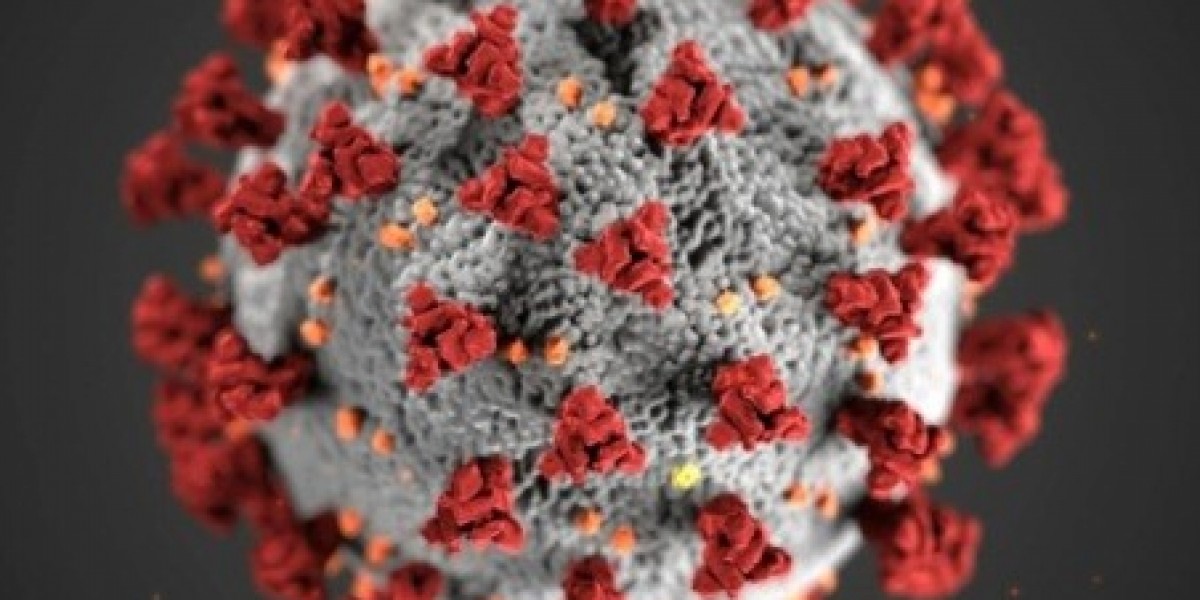Healing Our Animal Companions: A Closer Look at Veterinary Orthopedic Implants
In a world where pets are more than just animals—they are family—ensuring their health and comfort is a priority for any loving owner. Just like humans, animals are prone to orthopedic injuries and conditions that can affect their mobility and quality of life. Whether it’s a playful golden retriever with a fractured leg or an aging cat struggling with arthritis, veterinary orthopedic implants have emerged as lifesaving innovations in animal healthcare.
Understanding Veterinary Orthopedic Implants
Veterinary orthopedic implants are specially designed medical devices used to support, align, or replace bones and joints in animals. These implants can include plates, screws, pins, rods, and prosthetic joints, each meticulously crafted to fit the unique anatomy of different animal species—from dogs and cats to horses and exotic pets.
Unlike human orthopedic implants, veterinary versions must consider a wider variety of sizes, weights, and movement patterns. A dachshund with a spinal injury requires a much different solution than a German shepherd with a broken femur. Customization and precision are critical, and modern veterinary medicine is stepping up to meet this challenge.
Why Do Pets Need Orthopedic Implants?
Injuries and degenerative conditions are the most common reasons why pets require orthopedic implants. Here are a few scenarios that might hit close to home:
Accidents and Trauma: Pets often find themselves in trouble, whether it’s a car accident or a bad fall. Complex fractures that won’t heal properly on their own often need internal stabilization using plates, screws, or rods.
Congenital Disorders: Some animals are born with skeletal deformities that impair their movement. Orthopedic implants can correct these conditions, giving them a better shot at a normal life.
Arthritis and Degenerative Joint Disease: Aging pets, particularly larger breeds of dogs, may suffer from joint deterioration. Total joint replacement using implants is now an option in veterinary care, dramatically improving comfort and mobility.
Orthopedic Surgeries for Working Animals: Police dogs, racehorses, and service animals often suffer from wear and tear. These animals are essential to human lives and livelihoods, and orthopedic implants help restore their ability to work and thrive.
The Science Behind the Surgery
Orthopedic procedures in animals are delicate and complex, requiring the expertise of a veterinary orthopedic surgeon. These specialists use advanced imaging tools like CT scans and MRIs to map out the injury in detail before deciding on the best type of implant.
Materials commonly used include stainless steel and titanium—strong, biocompatible metals that don’t interfere with the body’s natural healing process. The surgery itself involves aligning the broken or damaged bone, attaching the implant for stability, and ensuring the surrounding muscles and tissues are unharmed.
Post-operative care is as important as the surgery itself. Animals must be monitored for signs of infection, proper healing, and regain of function. In some cases, physical therapy is recommended—yes, pet physical therapy is a real and growing field!
Emotional Impact: Not Just a Medical Procedure
For pet owners, seeing their beloved animal suffer is heartbreaking. The decision to pursue orthopedic surgery is not just medical—it’s deeply emotional. There's often fear, hope, and a strong desire to do what’s best for their companion.
One dog owner, whose Labrador tore his cruciate ligament, described the experience as “watching my best friend lose his joy.” Post-surgery and after weeks of care, she recalls the overwhelming relief of seeing him run again. “It was like getting my dog back.”
These stories are powerful reminders that veterinary implants are more than just metal in bone—they represent hope, healing, and a second chance at life.
Challenges and Considerations
Despite the incredible advancements, there are challenges. Cost remains a significant factor. Veterinary surgeries can be expensive, and not all pet owners have insurance or the financial resources to cover these procedures. Additionally, there’s a shortage of trained veterinary orthopedic surgeons, especially in rural areas.
Ethical considerations also come into play. How far should we go with medical intervention in animals? Is it always in the pet’s best interest? These are tough questions that require honest discussions between veterinarians and pet parents.
The Road Ahead: Innovations in Veterinary Orthopedics
The field of veterinary orthopedic implants continues to evolve. 3D printing is making it possible to create custom implants tailored to an individual animal’s needs. Biodegradable implants that dissolve after the bone heals are also being explored, eliminating the need for a second surgery.
Moreover, researchers are working on biologically enhanced implants that promote faster healing using stem cells and bioactive coatings. These innovations point to a future where animal care continues to mirror human advancements—ensuring our furry, feathered, or even scaly friends have access to the very best.
Browse More Reports:
South America Healthcare Regulatory Affairs Outsourcing








